Research
Time
Friday 24 February
9:05am
Location
Boardroom
Speaker
Jen Martin
Lecturer in Science Communication
School of Biosciences, University of Melbourne
Co-author
George Aranda
Research Fellow
Faculty of Arts and Education, Deakin University
Co-author George Aranda, Research Fellow, Faculty of Arts and Education, Deakin University
Abstract
A common barrier to effective science communication is the style in which scientists are trained to write (1). Science students typically learn to write in third-person, passive voice, in a style lacking narrative and littered with jargon. While acceptable in scientific journals, this style of writing can make science virtually impenetrable for lay audiences. Blogs, on the other hand, are written in a conversational style and are characterised by a clear narrative, the use of first-person active voice and catchy, jargon-free language. Blogs are a primary source of science information for many lay readers (2) and the number of science blogs has exploded since the mid 2000s (3).
Being able to communicate science to lay audiences in easily-understood and engaging language is a key skill for science students to develop. Although there has been research on blogging as a tool of reflection and collaboration (4), there has been little detailed investigation of blogs as a tool for improving science communication skills. We explored the ability of science students at different stages of their science training to write in the accessible and readable style required by blogs.
We assessed the science writing of three different cohorts of students: first year undergraduate science students (Deakin University), second year undergraduate science students (Melbourne University) and research-active Masters–level science students (University of Melbourne). In terms of writing in a formal scientific style, of these three groups, the first year undergraduate students had the least training and experience, and the Masters students the most.
All students wrote a series of blog posts on STEM topics of their choice. All were published on publicly-available websites (https://deakincomsci2016.wordpress.com/ and https://blogs.unimelb.edu.au/sciencecommunication/). Undergraduate students and postgraduate students each wrote three, or four blog posts respectively, over the course of a semester. Blog posts ranged from approximately 500 – 700 words in length.
We used a variety of measures to assess the writing style of student blog posts: scores of readability, use of complex words, sentence length and passive sentence construction. We wanted to explore whether those students with the most training and experience in science writing (MSc students) found it easier, or harder than undergraduate students to adopt a very different style of science writing.
We were also interested in whether practice makes perfect: do students become more skilled at writing about science in a more colloquial style over the course of a semester? To explore this we analysed the same readability measures across each students’ sequence of blog posts. Our results indicate blogging is an extremely valuable tool to improve science students’ communication skills and that with instruction, students are skilled at adopting a writing style suitable for blogging.
References:
- Stephen B Heard (2016) The Scientist’s Guide to Writing. Princeton University Press.
- Batts SA, Anthis NJ, Smith TC (2008) Advancing Science through Conversations: Bridging the Gap between Blogs and the Academy. PLoS Biol 6(9): e240.
- Bonetta L. (2007) Scientists enter the blogosphere. Cell 129(3): 443-445.
- Wolf, K. (2010). Bridging the distance: the use of blogs as reflective learning tools for placement students. Higher Education Research & Development, 29(5), 589 – 602.







Leave a Reply